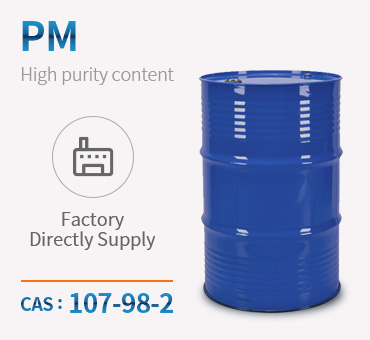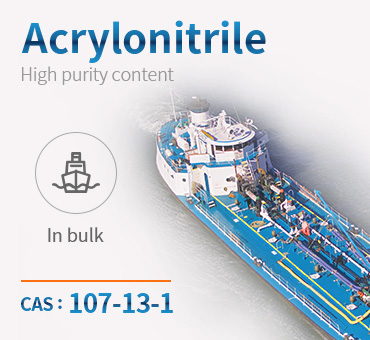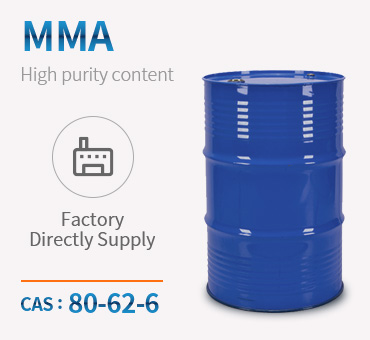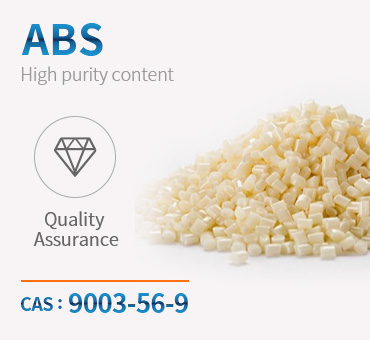Methyl Ethyl Ketone Cas 78-93-3 Polyester CAS 113669-95-7 High Quality And Low Price – Chemwin Detail:
Product Name:polyester
Product molecular structure:

Chemical Properties:
Polyester is a category of polymers that contain the ester functional group in every repeat unit of their main chain. As a specific material, it most commonly refers to a type called polyethylene terephthalate (PET). Polyesters include naturally occurring chemicals, in plants and insects, as well as synthetics such as polybutyrate. Natural polyesters and a few synthetic ones are biodegradable, but most synthetic polyesters are not. Synthetic polyesters are used extensively in clothing. Polyester fibers are sometimes spun together with natural fibers to produce a cloth with blended properties. Cotton-polyester blends can be strong, wrinkle- and tear-resistant, and reduce shrinking. Synthetic fibers using polyester have high water, wind and environmental resistance compared to plant-derived fibers. They are less fire-resistant and can melt when ignited. Liquid crystalline polyesters are among the first industrially used liquid crystal polymers. They are used for their mechanical properties and heat-resistance. These traits are also important in their application as an abradable seal in jet engines. Natural polyesters could have played a significant role in the origins of life. Long heterogeneous polyester chains and membraneless structures are known to easily form in a one-pot reaction without catalyst under simple prebiotic conditions.
Application:
Fabrics woven or knitted from polyester thread or yarn are used extensively in apparel and home furnishings, from shirts and pants to jackets and hats, bed sheets, blankets, upholstered furniture and computer mouse mats. Industrial polyester fibers, yarns and ropes are used in car tire reinforcements, fabrics for conveyor belts, safety belts, coated fabrics and plastic reinforcements with high-energy absorption. Polyester fiber is used as cushioning and insulating material in pillows, comforters and upholstery padding. Polyester fabrics are highly stain-resistant—in fact, the only class of dyes which can be used to alter the color of polyester fabric are what are known as disperse dyes.[19] Polyesters are also used to make bottles, films, tarpaulin, sails (Dacron), canoes, liquid crystal displays, holograms, filters, dielectric film for capacitors, film insulation for wire and insulating tapes. Polyesters are widely used as a finish on high-quality wood products such as guitars, pianos and vehicle/yacht interiors. Thixotropic properties of spray-applicable polyesters make them ideal for use on open-grain timbers, as they can quickly fill wood grain, with a high-build film thickness per coat. It can be used for fashionable dresses, but it is most admired for its ability to resist wrinkling and for its easy washability. Its toughness makes it a frequent choice for children’s wear. Polyester is often blended with other fibres like cotton to get the best of both worlds. Cured polyesters can be sanded and polished to a high-gloss, durable finish.
Product detail pictures:
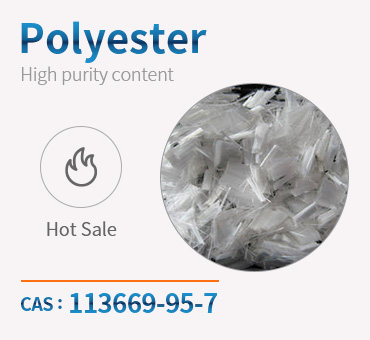
Related Product Guide:
We thinks what customers think, the urgency of urgency to act during the interests of a purchaser position of theory, allowing for much better good quality, lower processing costs, prices are extra reasonable, won the new and old buyers the support and affirmation for Methyl Ethyl Ketone Cas 78-93-3 Polyester CAS 113669-95-7 High Quality And Low Price – Chemwin , The product will supply to all over the world, such as: Ecuador, Seychelles, Los Angeles, We firmly think that we have the full capability to present you contented merchandise. Wish to collect concerns within you and build a new long-term synergy romantic relationship. We all significantly promise:Csame excellent, better selling price; exact selling price, better quality.
This manufacturer can keep improving and perfecting products and service, it is in line with the rules of market competition, a competitive company.
Products categories
-

Phone
-

E-mail
-

Whatsapp
-

Top

